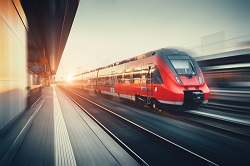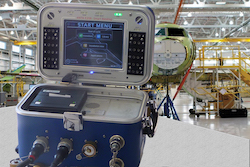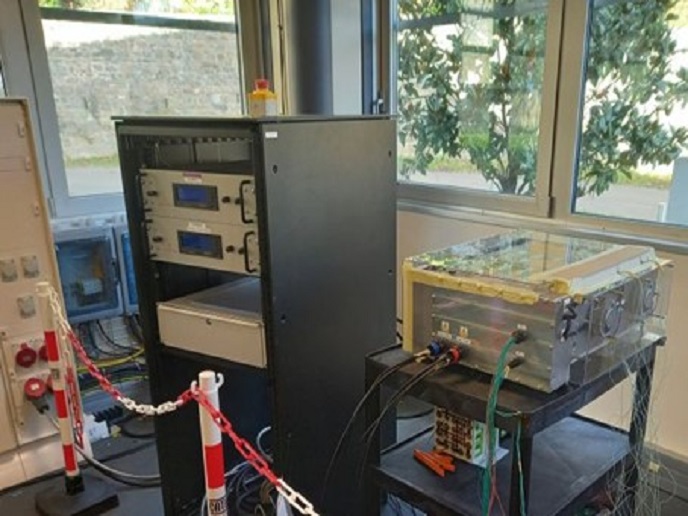Laying the groundwork for Shift2Rail’s technological revolution
Future trains should be more energy-efficient, lighter, more reliable, have more capacity, cost less over their life cycle, be connected and be more comfortable and attractive. Only then will the railway sector be able to raise its market share. Of course, getting there won’t be easy: there are many obstacles to such radical innovation, and technologies with the potential to rise to this challenge are only in their infancy. This is the context that saw the launch of ROLL2RAIL (New Dependable Rolling Stock for a More Sustainable, Intelligent and Comfortable Rail Transport in Europe), an EU-funded project aiming to develop key technologies and remove blocking points for radical innovation in the field of rolling stock. Being part of a wider long-term strategy to shape the rolling stock of the future and ensure suitable results for integration in Shift2Rail, the project addressed several sub-systems including traction, TCMS, carbody, running gear, brakes, interiors, noise and energy. “Traction systems have reached their maximum possible efficiency with current power electronics technology (silicon). Our goal was to reap all the benefits of incipient silicon carbide semiconductor technology to create smaller, lighter, more efficient and more reliable railway traction systems, while at the same time addressing low-floor wheel-motor assemblies for high-speed trains,” Mr Andrea Demadonna, coordinator of the project on behalf of UNIFE (The European Rail Industry Association), explains. “We also studied key aspects of performance such as noise emission or reliability/availability, along with possible technical standardisation that will lead to cost reductions.” In 30 months, ROLL2RAIL achieved a substantial reduction in the weight and volume of traction converters and motors, and produced calculations for motor cooling noise and specifications for a semi-conductor based on environmental conditions. Besides traction, the project led to numerous breakthroughs. The first is a Train Control & Management System (TCMS) that uses wireless technologies for train control and monitoring functions, thereby removing the need for onboard communication cables and simplifying the train coupling procedure. The second is a study on adhesive joints as well as on the reduction in weight linked to composite materials; and the third is a market push for running gear technologies and maintenance – in the form of a Europe-wide cost modelling methodology that can quantify the global impact of running gear performance on the economics of the whole railway system. That’s only the tip of the iceberg, as the project also resulted in the following: a set of reduced and harmonised requirements for a braking system to be used in future authorisation processes; a study of publicly available passenger surveys on train comfort and a weighted flexible scoring metric including 24 comfort features; three new noise separation methods (advanced transfer path analysis, beamforming and wave signature extraction) which were tested in real conditions; and an energy norms and standards application guide for KPI generation as well as a calculation methodology. Finally, the consortium developed a KPI tool to assess the impact/improvements of new developments against a baseline. “ROLL2RAIL results have been designed for use by Shift2Rail as the ultimate end-user. Their benefits will impact not only Innovation Programme 1 (Rolling Stock for passengers) but also advanced traffic management and control systems, infrastructure, freight and cross-cutting activities (CCA) such as noise and energy,” Demadonna says. “Shift2Rail will now continue the work we started, in a process that is only natural when considering that more than half of the ROLL2RAIL partners are also members of Shift2Rail.”
Keywords
ROLL2RAIL, rail, transport, rolling stock, traction, trains, innovation, Shift2Rail, railway







